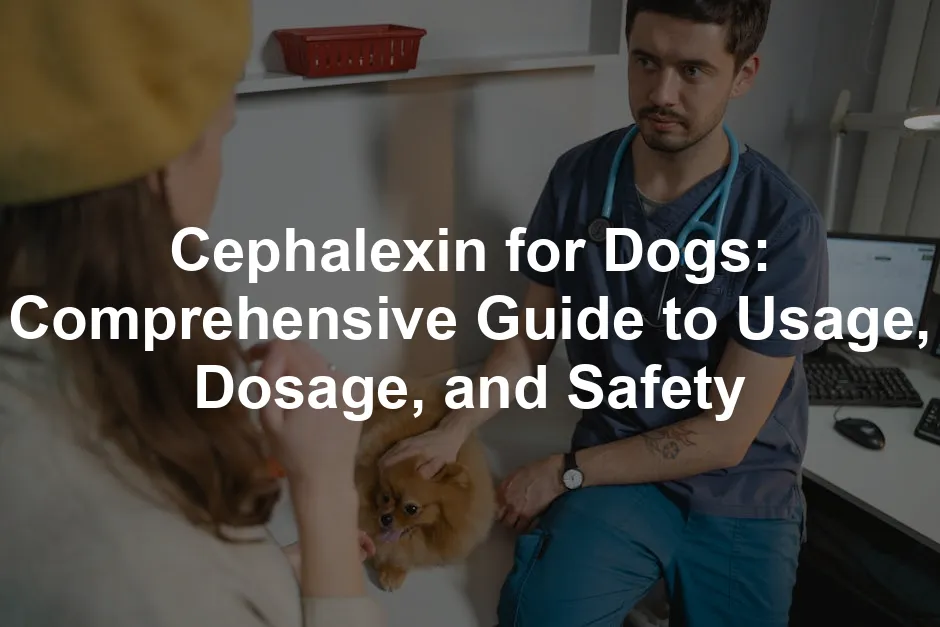Introduction
Cephalexin is a widely used antibiotic for dogs. It’s effective in treating various bacterial infections. Common uses include skin and urinary tract infections. Always seek veterinary guidance before administering any medication.
To ensure your dog is always prepared for any emergency, consider getting a Pet First Aid Kit. It’s a must-have for any dog owner to tackle minor injuries and emergencies on-the-go!
Summary and Overview
Cephalexin belongs to the first-generation cephalosporin antibiotic class. It effectively combats various bacterial infections in dogs, particularly skin infections like pyoderma and urinary tract infections (UTIs). Available forms include capsules, chewable tablets, and liquid suspension. Completing the entire treatment course is crucial to ensure effectiveness and prevent recurrence of infections.
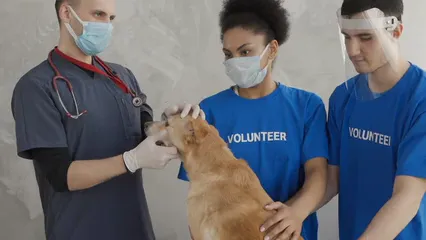
If your dog is prone to skin issues, using a Dog Shampoo for Skin Issues can help soothe irritation and keep their coat healthy. A happy dog is a clean dog!
What is Cephalexin?
Cephalexin is an antibiotic that disrupts the cell wall of bacteria. It belongs to the first-generation cephalosporin family, which is known for its broad-spectrum activity. Common brand names for cephalexin include Keflex, Rilexine, and Vetolexin. It is particularly effective against gram-positive bacteria, such as Staphylococcus and Streptococcus. This antibiotic is also useful for treating certain gram-negative bacteria. By inhibiting cell wall synthesis, it prevents bacteria from growing and thriving. Always consult your veterinarian for detailed information tailored to your dog’s specific needs.
Uses of Cephalexin in Dogs
Cephalexin is a versatile antibiotic for dogs. It effectively treats a variety of bacterial infections. Commonly, it’s prescribed for skin infections, urinary tract infections (UTIs), and ear infections.
One of the most frequent conditions treated with cephalexin is pyoderma, a bacterial skin infection. Symptoms include redness, itching, and hair loss. Your vet may suggest cephalexin to address this issue.
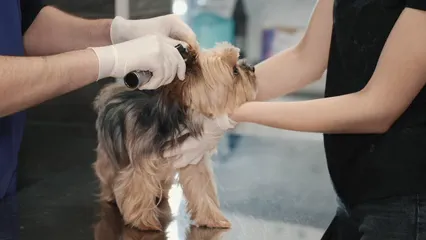
Additionally, cephalexin is effective in treating UTIs. These infections can cause discomfort and frequent urination in dogs. Administration of cephalexin helps eliminate the bacteria causing these issues.
Ear infections, often resulting from bacteria or yeast, can also be treated with this antibiotic. If your dog shows signs of ear discomfort or discharge, consult your veterinarian. To keep your furry friend comfortable, consider using a Dog Ear Cleaner Solution to maintain ear hygiene and prevent infections.
While cephalexin is primarily used for specific infections, off-label uses exist. For example, some vets may prescribe it for certain respiratory infections or bone infections. However, always consult your veterinarian before using it for unapproved conditions.
Veterinary diagnosis is essential before starting treatment. This ensures that cephalexin is appropriate for your dog’s specific infection. It’s crucial to complete the full course of medication as prescribed. This helps prevent antibiotic resistance and ensures your dog’s health.
If your dog shows symptoms of an infection, don’t hesitate to consult your veterinarian for proper diagnosis and treatment options.
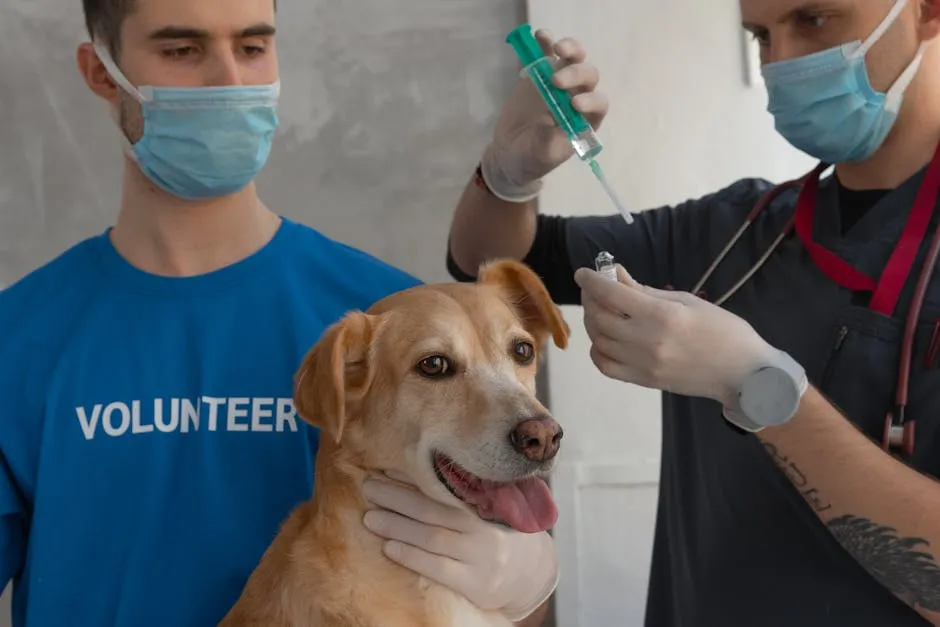
Administration Guidelines
Cephalexin is available in several forms. You can find it as capsules, chewable tablets, or liquid suspension. Your veterinarian will determine the best form based on your dog’s needs.
When administering cephalexin, timing and food are important factors. You can give it with or without food. However, providing it with a small meal may help reduce stomach upset. If your dog has trouble swallowing pills, consider using the liquid suspension.
Dosage is typically based on your dog’s weight. A common guideline is 10 to 15 mg per pound every 6 to 12 hours. Always follow your veterinarian’s prescribed dosage closely. This ensures your dog receives the correct amount for effective treatment.
Be cautious if you miss a dose. If you realize it soon after, give it as soon as possible. If it’s close to the next dose, skip the missed one. Never double up on doses, as this may cause side effects.
Your dog’s health is a priority, so stick to the veterinarian’s instructions for administering cephalexin. Consistency in treatment will help your furry friend recover swiftly.

Dosage Information
When it comes to cephalexin for dogs, dosage is crucial. The typical dosage range is about 10 to 15 mg per pound of body weight. This can be given every 6 to 12 hours, depending on your dog’s specific needs. For example, a 20-pound dog may require 200 to 300 mg per day, divided into smaller doses.
Several factors may influence the appropriate dosage. Age plays a significant role; older dogs often have slower metabolisms. This can lead to the need for adjusted doses. Additionally, any existing health conditions—like kidney disease—can affect how your dog processes the medication. Always discuss your dog’s overall health with your veterinarian.
Adherence to the prescribed dosage is essential. Skipping doses or stopping treatment early can lead to insufficient medication in your dog’s system. This may result in recurring infections or antibiotic resistance. If you notice missed doses, contact your vet for guidance on how to proceed.
There are specific dosing schedules to consider. Some veterinarians may recommend a higher initial dose for severe infections, followed by a maintenance dose. Always follow your veterinarian’s instructions for the best outcomes. For personalized dosing information tailored to your dog’s needs, don’t hesitate to reach out to your vet.

Potential Side Effects
Cephalexin is generally well-tolerated, but side effects can occur. Common mild side effects include nausea, vomiting, and diarrhea. These symptoms are often manageable and may resolve quickly. However, monitoring your dog during treatment is important to ensure their comfort.
More serious side effects can occur, though they are rare. Watch for signs of an allergic reaction, which may include difficulty breathing, swelling, or hives. If you observe any of these symptoms, seek veterinary assistance immediately.
If your dog seems unusually lethargic or shows changes in behavior, this could also be a sign of a reaction. It’s important to keep an eye on your pet and report any concerning symptoms to your veterinarian. They can provide guidance on whether to continue treatment or consider alternatives.

To help keep your dog calm during treatments, consider giving them Dog Calming Chews. They can help your furry friend relax during stressful times.
Always communicate openly with your vet about your dog’s health during treatment. They can help navigate any side effects and ensure your furry friend receives the best care.
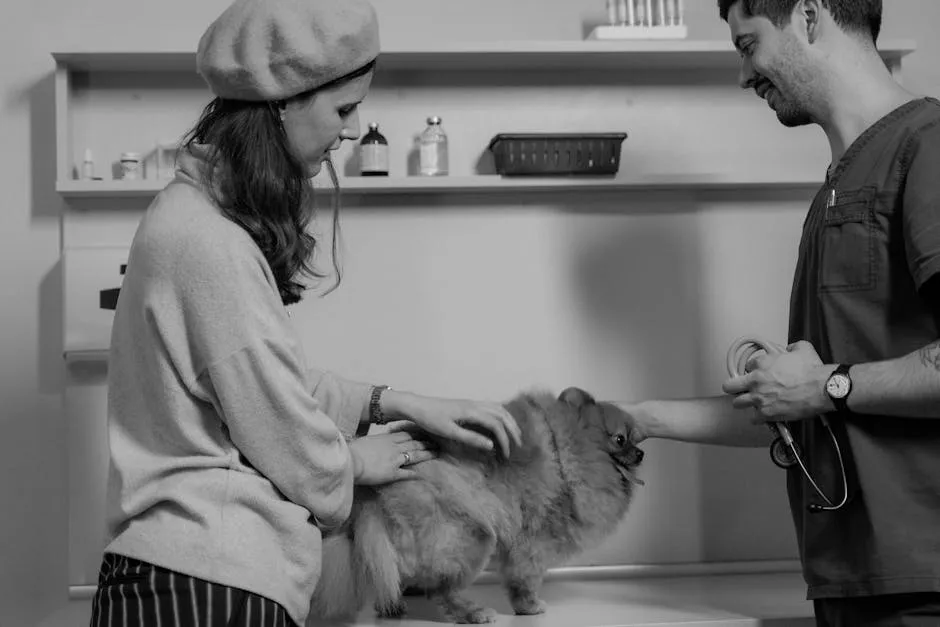
Drug Interactions and Precautions
Cephalexin can interact with several medications. One significant interaction is with warfarin, a blood thinner. This combination may increase the risk of bleeding. Always inform your veterinarian about any other drugs your dog is taking, including herbal supplements.
Certain dog populations need extra caution. Pregnant or nursing dogs may face risks, as the drug can cross the placenta or appear in milk. If your dog has kidney issues, dosage adjustments are crucial to avoid complications.

For those adventurous dog owners, consider getting a Dog Carrier Backpack to safely take your furry friend on hikes and adventures. Safety first, right?
Always discuss your dog’s complete health history with your veterinarian. They can provide tailored advice on using cephalexin safely. This helps ensure your pet’s well-being while managing their condition effectively.
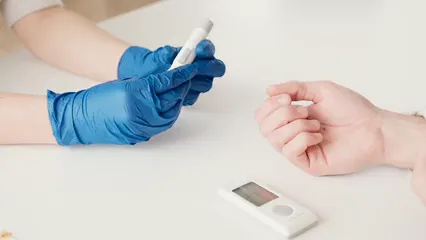
Monitoring and Follow-Up
Regular follow-up veterinary visits are essential during and after cephalexin treatment. These appointments help assess your dog’s response to the medication.
Watch for any unusual signs during treatment, such as excessive vomiting, lethargy, or changes in appetite. If you notice any of these symptoms, contact your veterinarian right away.
To make your vet visits easier, consider using a Dog Travel Bag. This way, you can keep all their essentials organized and ready to go!
Monitoring your dog’s health status ensures effective treatment and helps identify any potential issues early. Don’t forget to schedule those follow-up appointments to keep your furry friend on the path to recovery!
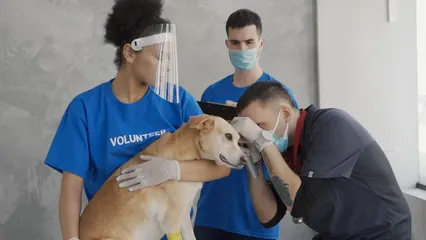
Conclusion
Cephalexin plays a vital role in treating bacterial infections in dogs. It effectively targets common issues like pyoderma and urinary tract infections. However, it’s crucial to use this antibiotic under veterinary guidance. Regular monitoring ensures your dog responds well to treatment. Additionally, responsible antibiotic use is essential to prevent resistance. Always complete the full course, even if your dog seems better. This helps maintain the effectiveness of antibiotics in the long run. By working closely with your veterinarian, you can keep your furry friend healthy and happy.
It’s important to recognize potential allergic reactions in dogs, especially when using medications like cephalexin. For more information, check out this guide on how to recognize allergic reactions in dogs after bee stings.
FAQs
What infections can cephalexin treat in dogs?
Cephalexin is effective against various bacterial infections. Commonly treated conditions include pyoderma, skin infections, and urinary tract infections (UTIs). It targets gram-positive bacteria and some gram-negative ones. Always consult your vet for accurate diagnosis and treatment options.
How long does it take for cephalexin to work in dogs?
Typically, cephalexin begins to show effects within 1 to 2 hours. However, visible improvements in symptoms may take several days. It’s important to complete the prescribed treatment duration, even if symptoms improve sooner.
What should I do if my dog misses a dose of cephalexin?
If a dose is missed, give it as soon as you remember. If it’s nearly time for the next dose, skip the missed one. Never double up on doses, as this can lead to increased side effects.
Can cephalexin be used for cats?
Yes, cephalexin can be prescribed off-label for cats, but you should only use it under veterinary guidance. Always consult your vet for appropriate dosages and treatment plans for your feline friends.
Are there alternatives to cephalexin for treating infections in dogs?
Yes, other antibiotics may be used depending on the infection type. Alternatives include amoxicillin, cefpodoxime, and clavamox. Your veterinarian can recommend the best option for your dog’s needs.
Is it safe to use human cephalexin for dogs?
Human cephalexin can be used for dogs, but it’s crucial to get a veterinarian’s prescription. Dosing may differ, and veterinary formulations, like Rilexine, are specifically designed for pets.
What are the signs of an allergic reaction to cephalexin?
Signs of an allergic reaction can include swelling, hives, difficulty breathing, and pale gums. If you notice any of these symptoms, seek veterinary help immediately. Quick action is essential in these situations.
To keep your dog happy and engaged, consider adding some Dog Puzzle Toys to their playtime. They’re perfect for stimulating your pup’s brain and keeping them busy!
Please let us know what you think about our content by leaving a comment down below!
Thank you for reading till here 🙂
All images from Pexels

